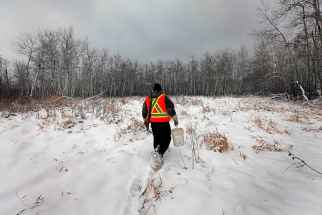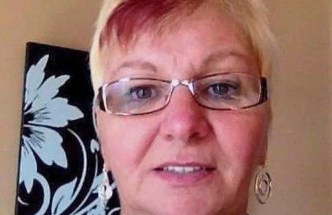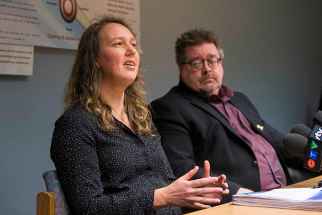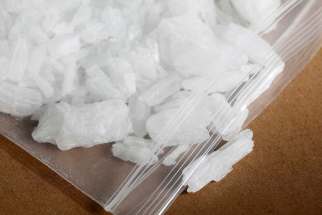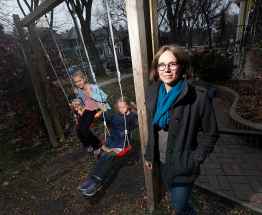Unsafe lead levels remain at Weston School: province
Read this article for free:
or
Already have an account? Log in here »
To continue reading, please subscribe:
Monthly Digital Subscription
$0 for the first 4 weeks*
- Enjoy unlimited reading on winnipegfreepress.com
- Read the E-Edition, our digital replica newspaper
- Access News Break, our award-winning app
- Play interactive puzzles
*No charge for 4 weeks then price increases to the regular rate of $19.00 plus GST every four weeks. Offer available to new and qualified returning subscribers only. Cancel any time.
Monthly Digital Subscription
$4.75/week*
- Enjoy unlimited reading on winnipegfreepress.com
- Read the E-Edition, our digital replica newspaper
- Access News Break, our award-winning app
- Play interactive puzzles
*Billed as $19 plus GST every four weeks. Cancel any time.
To continue reading, please subscribe:
Add Free Press access to your Brandon Sun subscription for only an additional
$1 for the first 4 weeks*
*Your next subscription payment will increase by $1.00 and you will be charged $16.99 plus GST for four weeks. After four weeks, your payment will increase to $23.99 plus GST every four weeks.
Read unlimited articles for free today:
or
Already have an account? Log in here »
Hey there, time traveller!
This article was published 29/11/2018 (2566 days ago), so information in it may no longer be current.
After digging up soil studies buried by the previous government, Manitoba has released subsequent test results showing lead levels are still above national safety guidelines at Weston School and parts of Point Douglas.
The soil testing undertaken this fall in Winnipeg was done in the same spots targeted in 1981 and 2007 government studies, which included boulevards, parks and playgrounds in the neighbourhoods of Weston, Point Douglas, Wolseley, Minto, Riverview, Lord Roberts, Glenelm, and Chalmers.
Most of the results made public Thursday show a decrease in lead levels since the last round of tests.
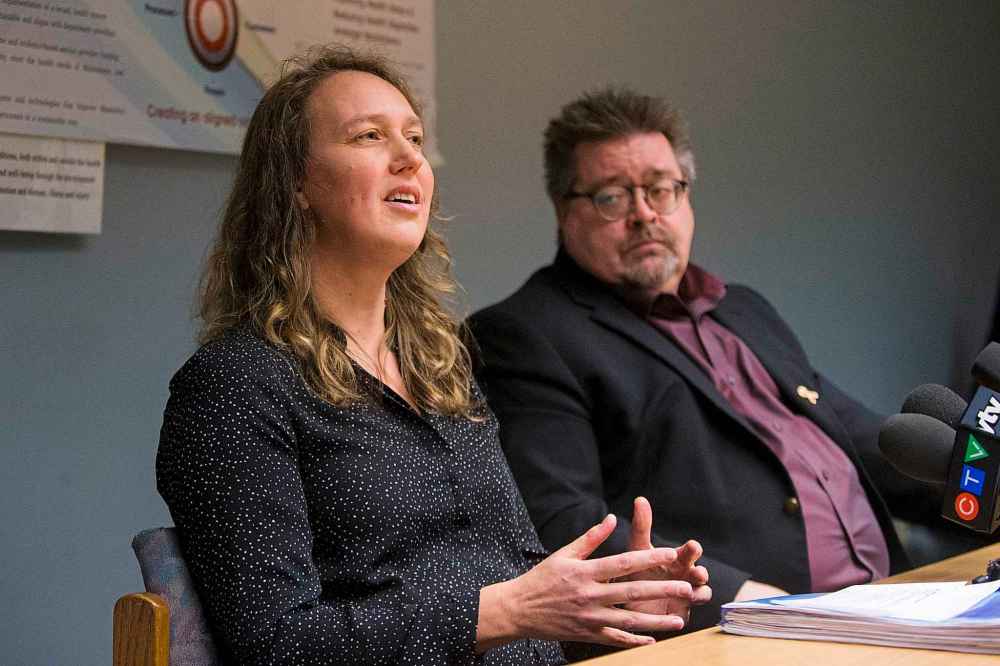
However, nine boulevards in north Point Douglas and 17 of 21 samples at Weston School (1410 Logan Ave.) display concentrations of lead above 140 parts per million, the safety threshold recommended by the Canadian Council of Ministers of the Environment.
Weston’s sports field was fenced off earlier this year, after initial reports surfaced about elevated lead levels. The field will remain blocked until further notice out of an abundance of caution, the Winnipeg School Division said Thursday.
Lisa Richards, the City of Winnipeg’s medical officer of health, reassured Weston-area families they shouldn’t be worried.
“The risk of exposure to lead in soil in the school ground is low,” she said. “At this time of year, in particular… when the ground is frozen and there’s snow cover, it’s essentially negligible.”
The province released its results days after the CBC published its own findings from soil scientists, showing lead remained an issue in Point Douglas and Weston, including in some residents’ private gardens.
Initially, the province planned to release its results and recommendations in a report next month, according to Don Labossiere, director of environmental compliance and enforcement. But due to “a lot of public interest,” the results were published Thursday.
“Essentially, now that we’ve got these numbers, we’re going to be bringing in some experts… and basically (be) providing the minister with some recommendations on how to proceed, not only with mitigation or management options, but are there areas that require more study?” Labossiere said.
“Like one of the things, just intuitively, is we’ve done sampling in a number of other areas in the city, but one thing that maybe needs more attention is Transcona.”
Sustainable Development Minister Rochelle Squires noted lead in soil isn’t an issue relegated to the aforementioned neighbourhoods.
“We know that this is not an issue that is specific to one area of Winnipeg. In fact, it is not an issue that is specific to Winnipeg or even to cities in Canada. This is really a North American issue,” she said. “So we’re going to be vigilant. We have been very vigilant over the last year in collecting samples and doing analysis.
“We’re going to continue that work because we do know that we need to ensure that the public safety is always paramount, and that we want to be able to provide assurances that we’re living in a clean environment.”
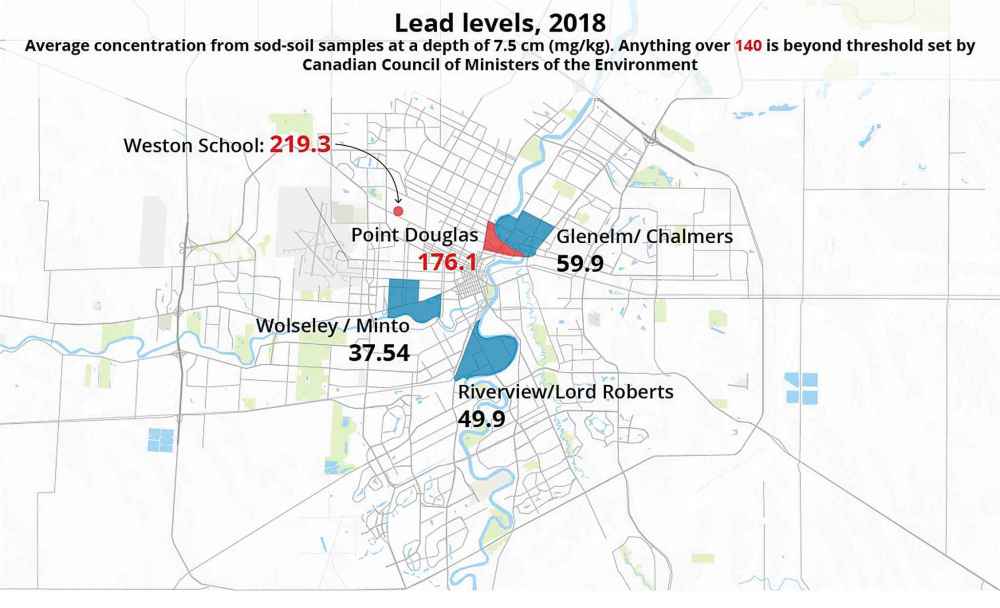
Remediation will be among the recommendations up for discussion, Labossiere said, as will air-quality monitoring and soil testing of residential gardens. If industrial plants are found to be the main polluters, they may be forced to pay for remediation costs, as well, officials said.
Talk of rejigging zoning laws in Winnipeg to make for less “industry-residential interfaces” is also on the table, Labossiere said.
Pat Werestiuk, a 63-year-old Weston School alumnus who’s battling prostate cancer, underwent a heavy metals test that found he had above-average levels of lead in his bloodstream. He’s anxious to see the province plan to get the lead out of his former schoolyard.
“The big question is: what are you doing to do about the remediation? I mean, this has been lingering since the mid-’70s,” Werestiuk said. “I think they’ve got to step up to the plate, the government. There’s people out there suffering. It’s not a laughing matter.”
Squires said the province plans to present its action plan, including budgeting for remediation efforts, “in the very near future.”
jessica.botelho@freepress.mb.ca
Twitter: @_jessbu
History
Updated on Friday, November 30, 2018 3:11 PM CST: corrects Lisa Richards' title







